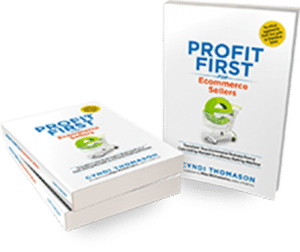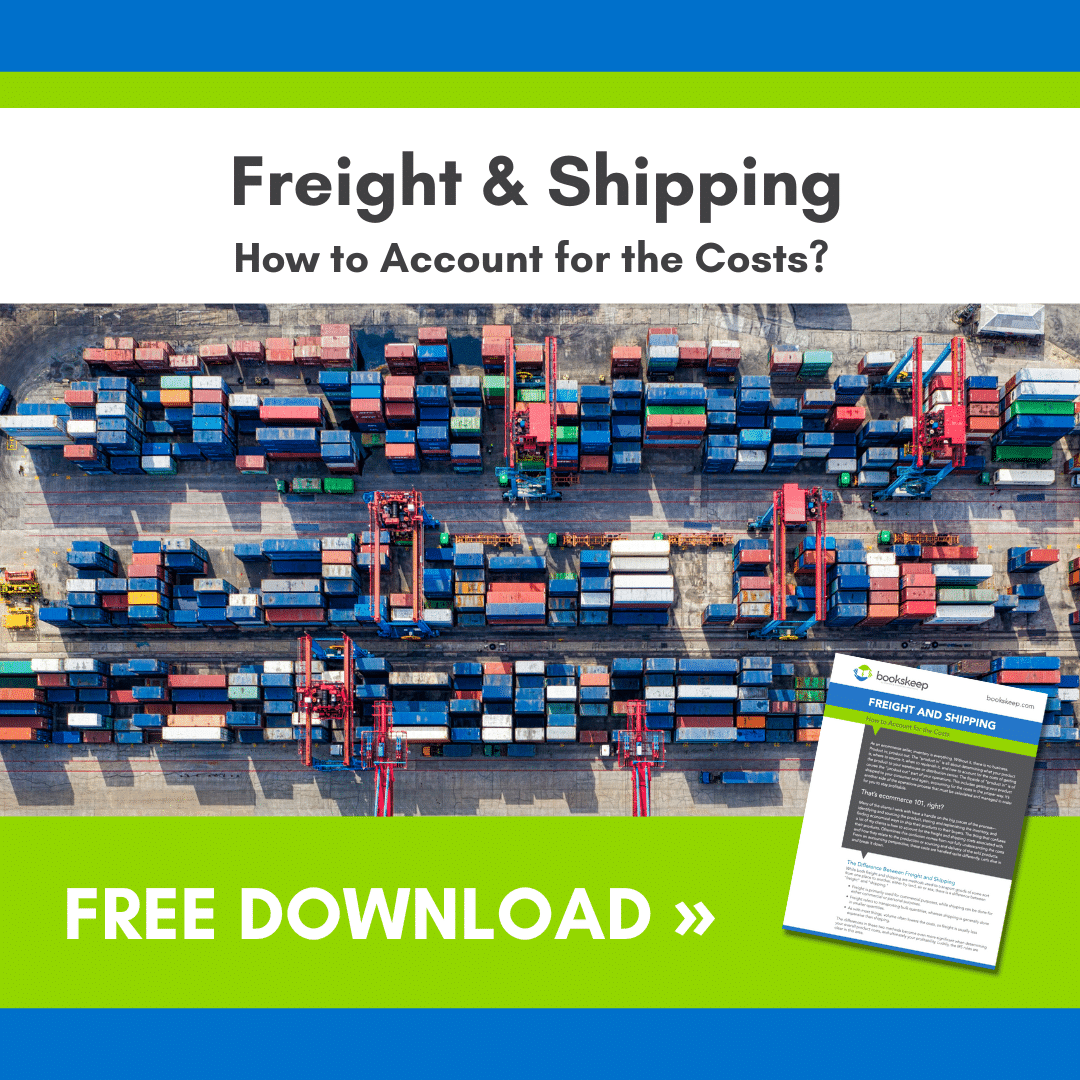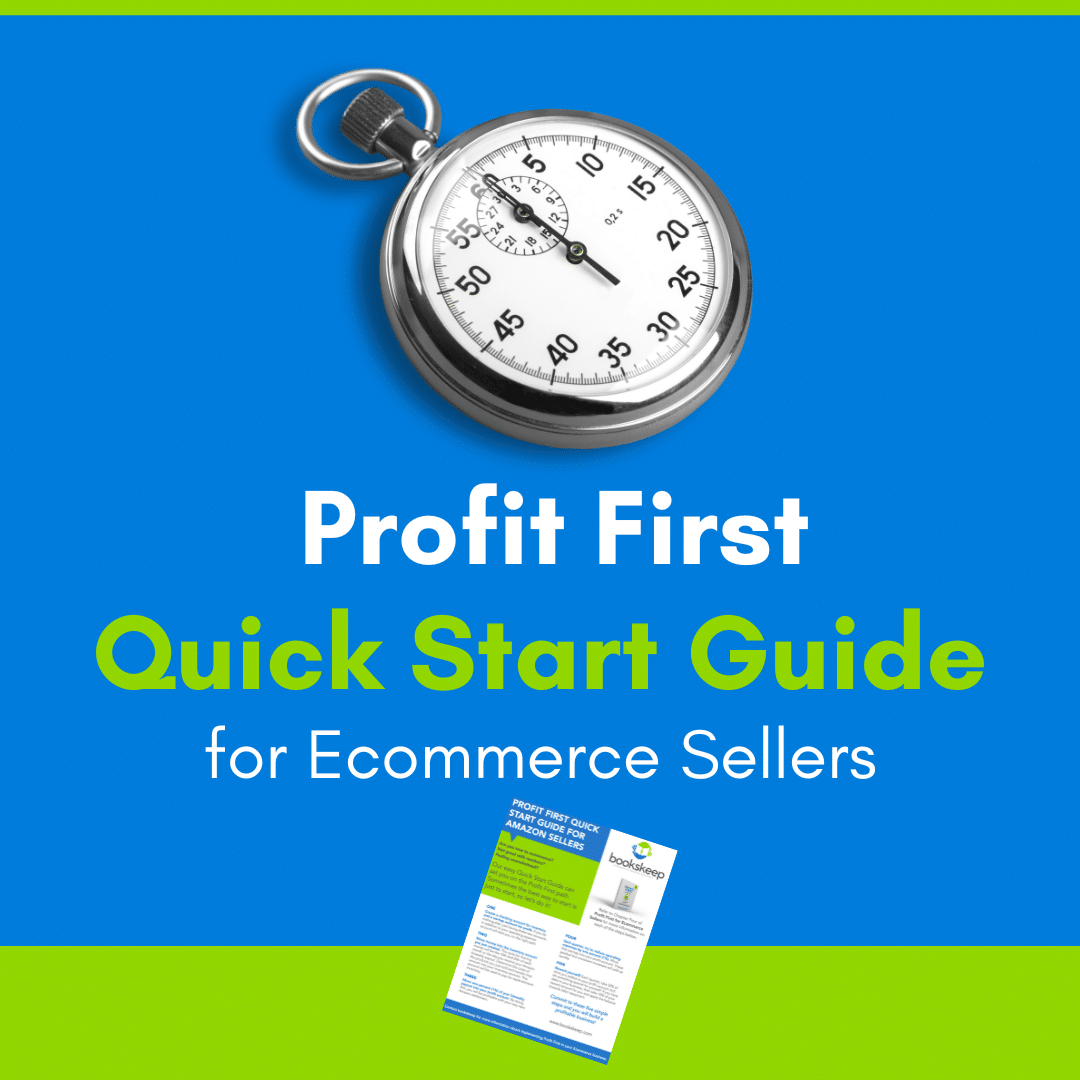
As the economy shifts, many ecommerce businesses are now facing the challenge of eroding profits due to rising fees and interest rates. However, despite these hurdles, there are still opportunities to thrive with careful attention to profitability details. Success just takes a little more focus on the drivers of profit.
Let’s start with these areas.
Product Groupings
Start by evaluating the profitability of your product groupings. The 80/20 rule applies to most cases—20% of your products generate 80% of your revenue. Focus on your top revenue producers and ensure their contribution margins (Gross Profit minus Ad Spend) are adequate. If margins are lacking, consider adjustments in pricing, costs, minimum order quantities, packaging, shipping, warehousing, and advertising strategies.
Be ruthless in assessing each product’s impact on your profits and cash flow. If a product doesn’t contribute positively after strategic adjustments, it’s time to let it go. This principle applies to your top sellers as well as your bottom 20%—eliminate those that drain resources without generating significant returns. Your mantra should be: “My cash has a better use.”
Apply the insights gained from this analysis to the remaining 60% of your products. Do the strategies that worked for the top or bottom 20% apply to other products as well?
Operating Expenses
Next, scrutinize your operating expenses. Review expenses from the past three months and identify any that can be cut or reduced. Eliminating non-essential costs will directly improve your bottom line.
Additionally, examine your loans and credit card balances. Proactively seek low-interest loans and prioritize paying down high-interest credit card balances to reduce financial strain.
Cash Flow Planning
To manage cash flow effectively, you need clarity on what’s coming and going. To do this, adopt weekly cash flow planning. This involves starting with your beginning cash balances and projecting income and outgoing costs week by week for the next 13 weeks.
Each week, review your performance against the plan, adjust where necessary, and add another week to your forecast. This visibility enhances your ability to plan, innovate, and control spending, putting you back in charge of your finances.
Remember, in times of financial challenge, inaction is your enemy. Don’t wait for problems to resolve themselves through increased sales alone. Take proactive steps to sharpen your financial strategies.
If you’re ready to start your 13-week cash flow plan or ready to determine your business’s financial future, our SmartCFO Advisors at bookskeep are ready to help. Reach out to the bookskeep Team today!

If your ecommerce business isn’t where you’d like it to be in terms of profitability, check out my book, Profit First for Ecommerce Sellers. It answers important questions about how to implement Profit First in an ecommerce business. Take control of your money and your business, and put Profit First to work for you!
You can also sign up for the Profit First for Ecommerce Sellers Online Course. As a Mastery Level, Certified Profit First Professional, I will teach you why Profit First works so well for ecommerce businesses and the particular challenges for businesses that have physical products requiring inventory management. You will learn how your behavior drives your money management habits for your business and how you can set up your business bank accounts to work with your habits.
Check out all our ecommerce accounting and profit advising services here!




Leave a Comment